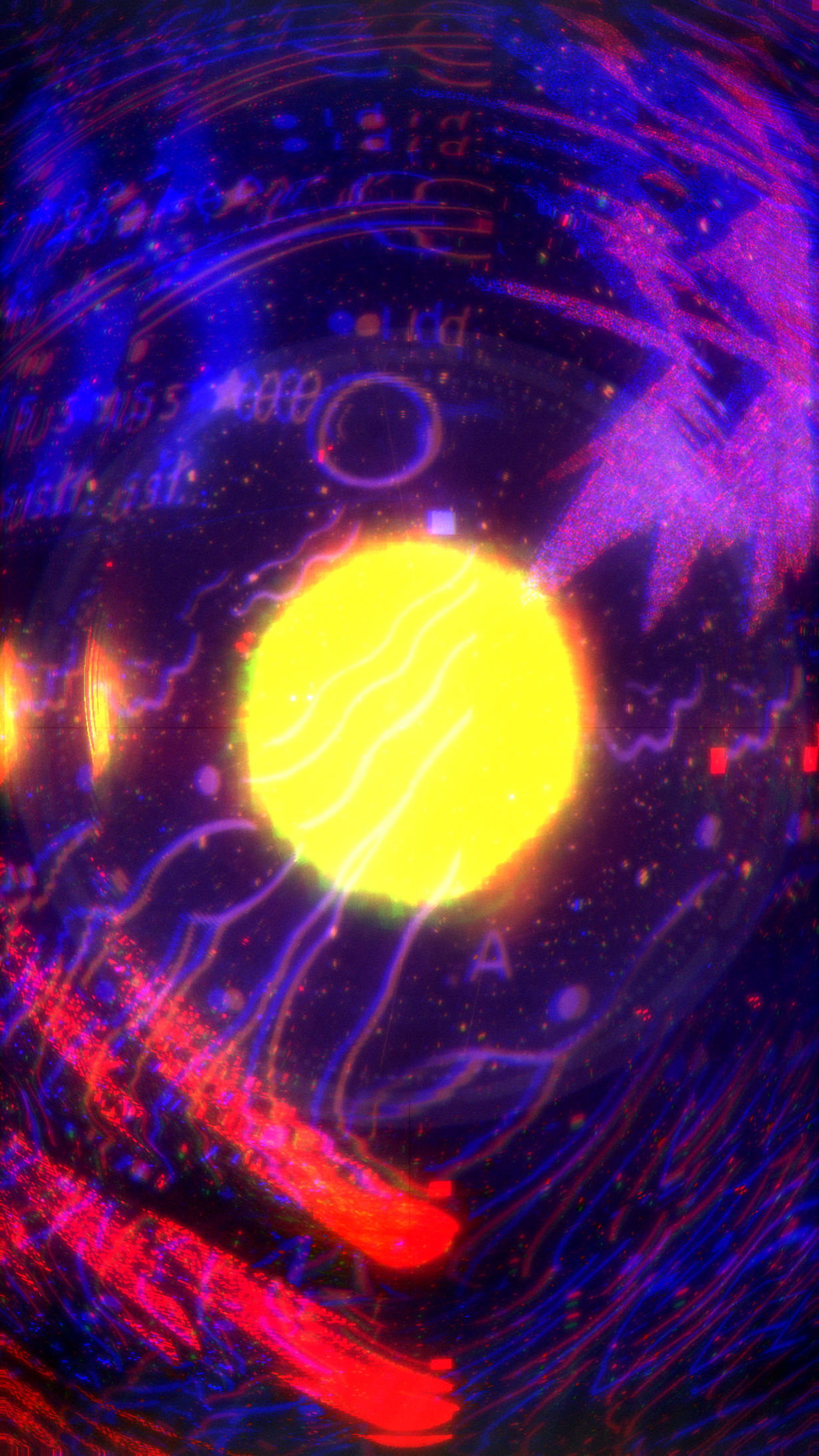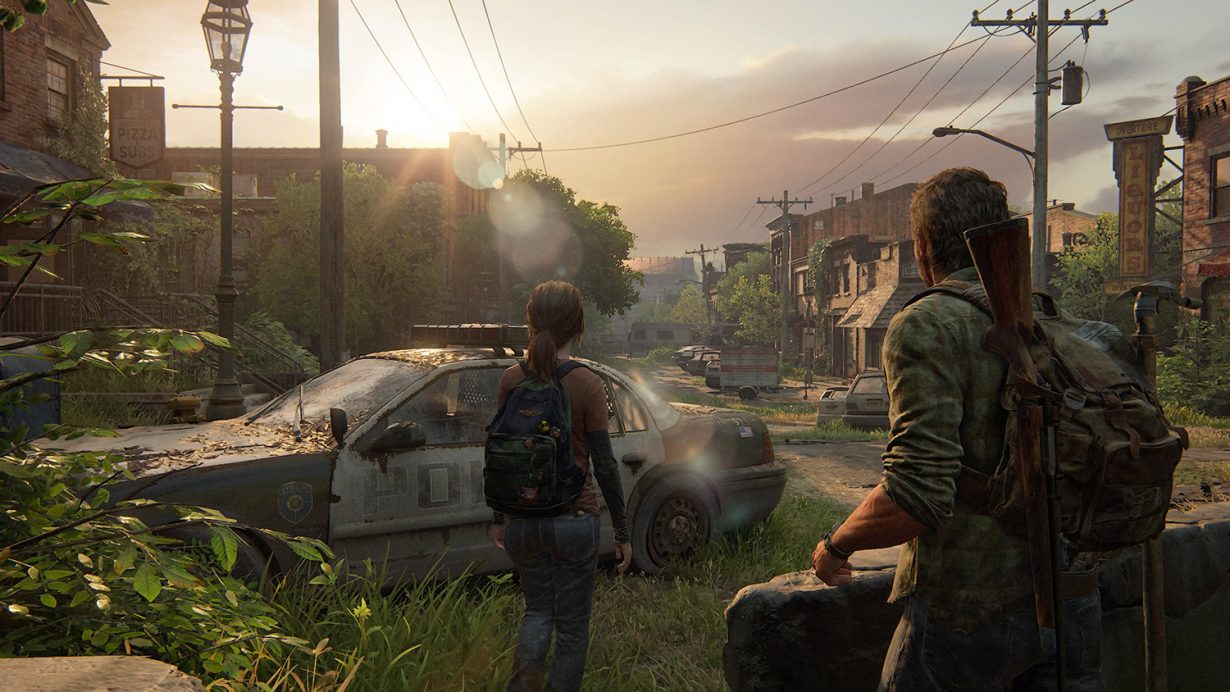How the Milan Triennale Game Collection and The Last of Us Part 1 offer conflicting positions on what constitutes beauty
‘The more polygons a processor can draw on screen,’ wrote Steven Poole in 2002’s Trigger Happy, the more ‘realistic’ a game will appear. From the Renaissance up until the shock of photography, Poole suggested, Western art, of which video games are of course part of, have been ‘hell bent on refining their powers of illusionistic deception.’ Indeed, photorealism is now so prevalent in video games that it can be easy to forget it is an artistic decision. For game developers and players, realism is often conflated with beauty; growing fidelity is confused with progress.

On one side of the aesthetic spectrum, the recently released The Last of Us Part 1, a so-called ‘ground-up remake’ of the critically acclaimed horror game from 2013, rebuilt using Naughty Dog’s PlayStation 5 engine and technology. With its realer-than-real motion capture and slavish attention to detail (virtual irises have never looked better, apparently!), the blockbuster title pushes photorealism to its very limit. On the other, the five titles that make up the Milan Triennale Game Collection, released over the past few weeks in conjunction with the Triennale Milano International Exhibition. Created on comparatively miniscule budgets by notable independent game makers, Optillusion, Fern Goldfarb-Ramallo, Nina Freeman, Akwasi Bediako Afrane, and Llaura McGee, each of these titles foregoes hyperrealism for a slew of visual approaches as varied as the countries the game-makers call home. McGee, based on Ireland’s west coast, hones in on noisy glitch art while Maryland’s Freeman opts for cosy line-drawn illustrations. Between The Last of Part 1 and the Triennale game collection, there exists two starkly different sets of ideas about truth and representation, storytelling and mechanics.

Taking their cue from the wider exhibition’s tagline, ‘Unknown Unknowns,’ the five Milan titles thrive on an ambiguity that is often absent in video games. In Wade, in which you direct a suited avatar along a river to the underworld, the character model is deliberately and, at times, frustratingly obscured. You can see their bottom half but nothing else. Usually avatars are virtual objects for players to ogle, evidence of a project’s cost in terms of both labour, raw capital, and technology, but here, that thrill of expense is conspicuously denied. We Are Poems, meanwhile, described as a ‘swim through the queerest region of deep space,’ plays like an arcane technological artefact from an Ursula Le Guin novel. You zoom into what is perhaps a planet or galaxy using touch controls reminiscent of Google Maps. In doing so, you come across constellations of luminescent particles which are, according to developer Goldfarb-Ramallo, groups of ‘bodies,’ inspired by their experience of the queer community in Berlin. You can caress and play with them, but never directly control them.


Just as the visual ambiguity of We Are Poems is reflected in its deliberately obscure mechanics, The Last of Us Part 1’s graphical clarity is mirrored by its easily comprehensible gameplay. The design of blockbuster visuals is iterative, driven by a company’s ability to build upon its graphics technology, from pixel-shaders to polygon renderers. The same is true of gameplay, albeit in a broader sense. During the decade since The Last of Us was first released, video game mechanics have steadily converged so that almost everything with a sizable budget is built upon precisely the same foundations – namely the third-person shooter with cover and crafting mechanics. Kyle Kukschtel calls this trend ‘game-design mimetics.’ Games are now so expensive to make, a result, partly, of such photorealism, that they need familiar, ‘safe’ mechanics to appeal to as broad a player base as possible. This leads to not only conservative game design but a wider landscape filled not only with actual remakes like The Last of Us Part 1 but what are essentially remakes in all but name. All that changes is the visual flavour.

So while a game like The Last of Us Part 1 might be able to represent progressive politics in ever more photorealistic detail (the series prominently features a lesbian relationship), formally and mechanically it is trapped in stasis. The five Triennale games offer a brief respite from such stagnation. Indeed, after spending ten minutes with Contact, McGee’s fizzing, glitching musings on aliens and identity, it becomes clear that, rather than flattening reality according to ideals of visual clarity and technological complexity, the game expands it through a visual ‘brokenness.’ Contact, then, is a window into an imperfect human world rather than a pristine corporate one. The Irish artist’s title, alongside the four others in the collection, feels ‘real’ in a way that eye-popping blockbusters likely never will.
